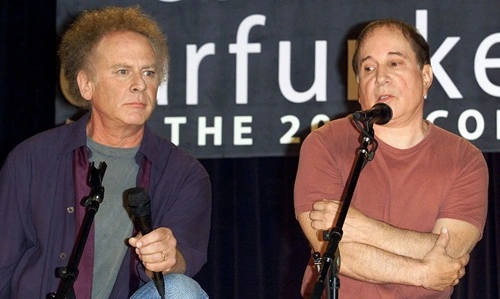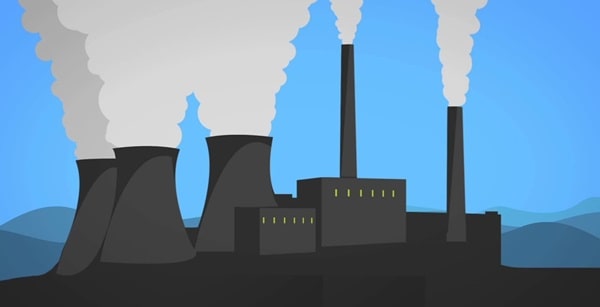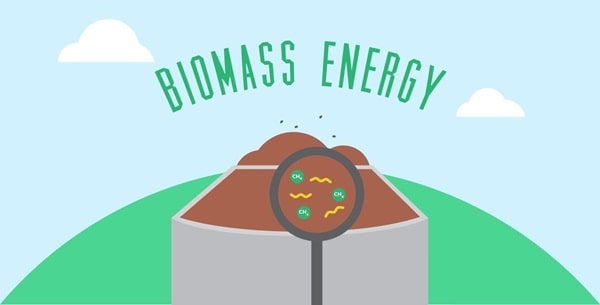Simon & Garfunkel, the iconic folk-rock duo of the 1960s, crafted timeless hits like “The Sound of Silence,” “Mrs. Robinson,” and “Bridge Over Troubled Water.” Their harmonious melodies and poignant lyrics resonated with a generation, making their sudden breakup in 1970 a subject of intrigue and speculation. This article delves into the multifaceted reasons behind their split, drawing from recent revelations and historical accounts.

Early Beginnings and Rising Tensions
Paul Simon and Art Garfunkel’s partnership began in their childhood, evolving from school friends to musical collaborators. Initially performing as “Tom & Jerry,” they achieved early success with “Hey, Schoolgirl” in 1957. Rebranding as Simon & Garfunkel, they rose to prominence in the 1960s. However, as their fame grew, so did underlying tensions.
A significant strain emerged when Garfunkel pursued an acting role in the film “Catch-22” in 1970. Simon was initially cast alongside him, but his part was eventually cut, leading to feelings of exclusion and resentment. In a 2013 interview, Garfunkel acknowledged this incident as a pivotal point in their relationship, stating, “That was the beginning of their split-up.”
Creative Differences and Imbalanced Dynamics
Beyond personal grievances, creative disparities played a crucial role in their breakup. Simon, the primary songwriter, felt the weight of creative responsibilities, while Garfunkel’s focus shifted towards acting. In the documentary “In Restless Dreams: The Music of Paul Simon,” Simon reflects on this imbalance, noting, “We had an uneven partnership because I was writing all of the songs and basically running the sessions.”
Garfunkel’s commitment to acting projects, particularly “Catch-22,” further exacerbated the divide. Simon recalls Garfunkel proposing a schedule where he would act for six months and then return to record, to which Simon responded, “Actually, no. That’s not gonna happen.”
The Impact of “Bridge Over Troubled Water”
Their final studio album, “Bridge Over Troubled Water,” released in 1970, achieved monumental success, topping charts worldwide. Despite its acclaim, the recording process was fraught with tension. Simon later admitted, “At that point, I just wanted out.”
The album’s success contrasted sharply with their deteriorating personal and professional relationship.
Post-Breakup Reunions and Lingering Resentments
Following their split, Simon & Garfunkel reunited sporadically. Notably, their 1981 Central Park concert attracted over 500,000 attendees. However, these reunions often reignited old tensions. In a 2015 interview, Garfunkel expressed frustration over Simon’s reluctance to continue their partnership, questioning, “How can you walk away from this lucky place on top of the world, Paul?”
Recent Developments and Reflections
In recent years, both artists have reflected on their tumultuous partnership. The 2024 documentary “In Restless Dreams: The Music of Paul Simon” offers insights into their relationship dynamics. Simon acknowledges the uneven nature of their collaboration, while Garfunkel has expressed a desire for reconciliation. In a 2024 interview, Garfunkel revealed a tearful reunion with Simon, describing it as “very, very warm and wonderful.”
Conclusion
The breakup of Simon & Garfunkel was a complex interplay of personal grievances, creative differences, and external influences. While their partnership ended decades ago, their music continues to inspire, and their story serves as a poignant reminder of the challenges inherent in creative collaborations.


